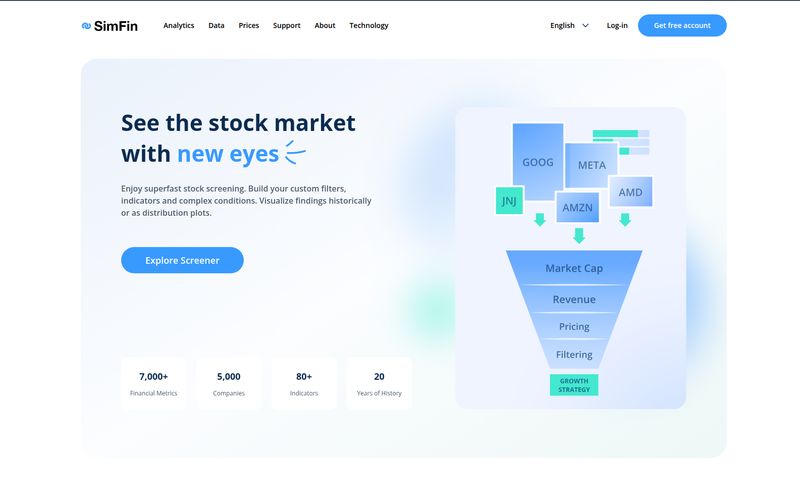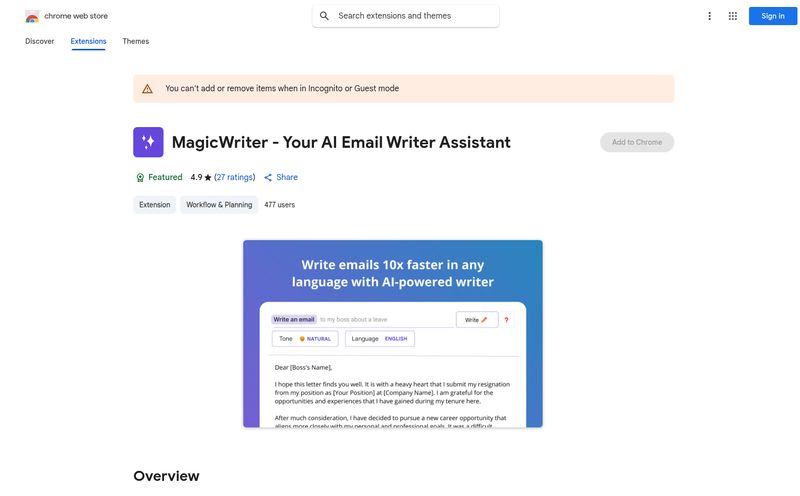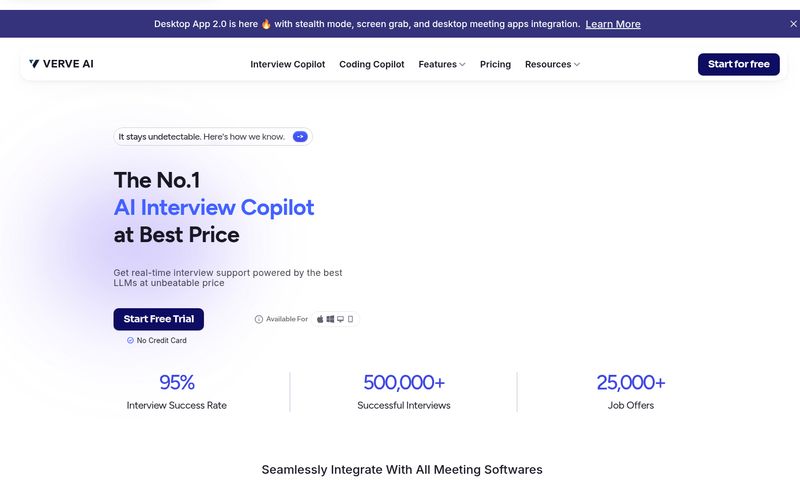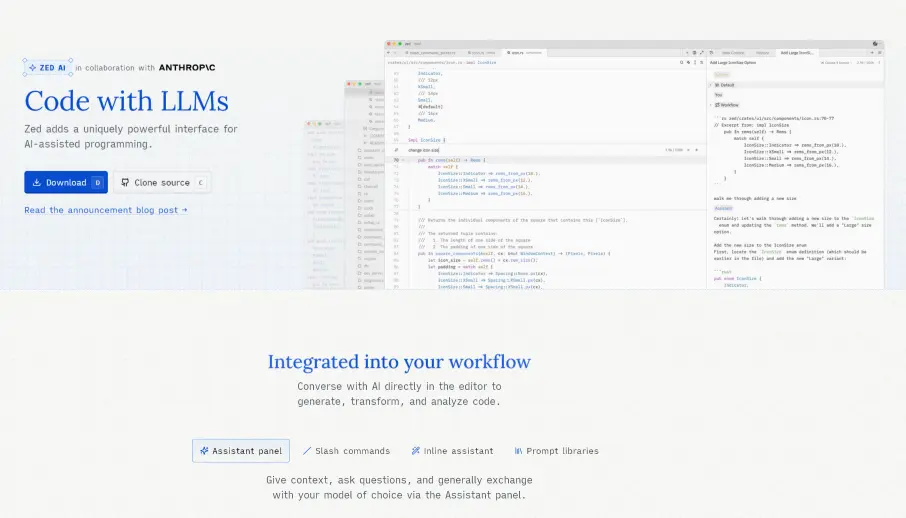The AI gold rush is on, and if you're like me, you're neck-deep in projects that are calling out to a half-dozen different Large Language Models. One minute you're hitting an OpenAI endpoint, the next you're trying a new model from Anthropic, and for some internal stuff, you might even be running a self-hosted Llama 3. It's powerful, it's exciting, and... it's a complete mess to manage.
The API keys are all over the place. The costs are a black box until the bill arrives. And ensuring every single call is secure and compliant? Good luck. We've been trying to wrangle this new breed of API with old tools, and frankly, it feels like trying to fit a square peg in a round hole. The industry has been crying out for a purpose-built solution.
Well, I stumbled across something that made me sit up and pay attention. It's called Higress. And its claim is a bold one: to be the AI-native API gateway for this new world. So, let's pop the hood and see if it's all hype or the real deal.
So, What on Earth is Higress?
At its core, Higress is an open-source API gateway. But that's like calling a Ferrari just 'a car'. The devil is in the details. It's built on top of some serious heavy-hitters in the cloud-native world: Istio and Envoy. If you've spent any time in the Kubernetes trenches, those names should ring a bell. This isn't some fly-by-night project; it's standing on the shoulders of giants. This foundation immediately tells me it's designed for serious, scalable, microservice-heavy environments.
It’s also an extensible platform, leaning heavily on WebAssembly (Wasm) plugins. This means you can write custom logic in languages you probably already use—like Go, Rust, or JavaScript—and slot it right into the gateway. Super flexible. Looking at its partners and “friendly links” section, you see names like Alibaba, Dubbo and Nacos, which places it firmly within a robust, high-performance tech ecosystem.
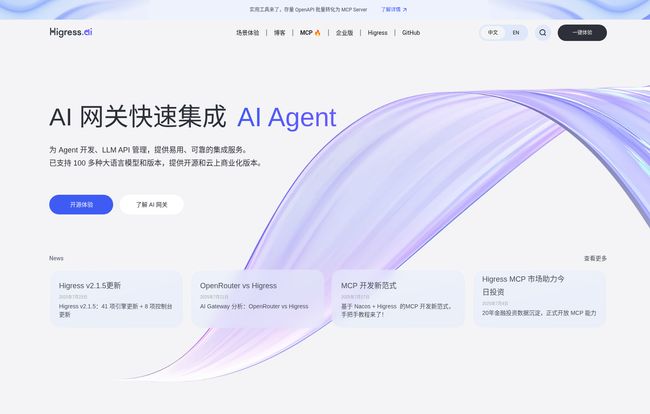
Visit Higress.AI
The “AI-Native” Part: What's the Big Deal?
Okay, “AI-native” is a great buzzword for a marketing deck. But what does it actually do? This is where Higress starts to really differentiate itself from a general-purpose gateway like Kong or your standard cloud provider's offering.
Managing the Model Mayhem
Ever had your primary LLM provider's API go down or get sluggish right in the middle of a high-traffic period? It’s a nightmare. Higress comes with features designed specifically for this, like multi-model flexible switching. You can define primary, secondary, and even tertiary models. If a call to GPT-4 fails, Higress can automatically retry the request with Claude 3 Opus, for example. It’s a smart fallback system that builds resilience right into your application's front door. No more frantic late-night code changes.
Your Guardian at the Gateway
Another thing that keeps CTOs up at night is security and compliance, especially with AI. What if a user tries to generate harmful content? What if sensitive data is accidentally sent to a third-party model? Higress aims to be a gatekeeper here, offering large model content security and compliance checks. It acts as a centralized checkpoint to filter, audit, and block problematic requests before they even reach your LLM. That’s a massive win.
Smarter Traffic, Lower Bills
This part really speaks to my inner SEO and performance geek. AI calls are expensive, both in terms of money and latency. Higress tackles this with a few clever tricks:
- Semantic Caching: This is brilliant. Instead of just caching identical prompts, it can understand the meaning behind a request. If two users ask “What is the capital of France?” and “Tell me the capital city of France,” a traditional cache sees two different requests. A semantic cache understands they're the same and can serve the cached response, saving you a token-heavy API call.
- Cost Auditing & Token Management: It gives you a dashboard to see exactly which calls are costing you money and lets you set up token quotas and rate limits. You can balance traffic across multiple API keys to avoid hitting rate limits on a single key. It’s like putting a smart accountant in charge of your API spend.
Let's Get Real: The Good, The Bad, and The Wasm
No tool is perfect, right? It's easy to get swept up in the cool features, but we need a reality check. I've been in this game long enough to know there's always a trade-off.
The Bright Side
What I genuinely like here is the focus. It’s not trying to be everything to everyone. It’s an API gateway that looked at the absolute chaos of LLM integration and said, “I can fix that.” The Wasm plugin extensibility is a huge plus for teams that want to inject their own custom business logic without maintaining a separate microservice. And its other functions, like being a standard Kubernetes Ingress Controller and Microservice Gateway, mean it can potentially simplify your stack, not just add another piece to it.
The Reality Check
Now, for the other side of the coin. The biggest strength of Higress—its foundation on Istio and Envoy—is also its biggest barrier to entry. If your team isn't already comfortable with service mesh concepts and the complexities of Envoy configuration, you're looking at a steep learning curve. This isn't something you just `npm install` and run on a Friday afternoon. It demands a certain level of infrastructure maturity.
Similarly, while Wasm plugins are powerful, they require a specific skillset. Your devs will need to be proficient in Go, Rust, or JS in the context of Wasm development, which is still a bit of a niche expertise. So, a bit of a hurdle there.
So Who is This For, Really?
After digging in, my take is this: Higress isn't for beginners.
If you're a startup or a smaller team building your first AI-powered feature, this is probably overkill. You might be better off with a simpler setup and managing the complexity in your application code for a while.
But if you're part of a larger organization, especially one that's already invested in Kubernetes and perhaps even running a service mesh like Istio? Then Higress becomes very compelling. You've already paid the complexity price of the underlying infrastructure. Higress comes in as a specialized, powerful layer on top that solves a very real, very expensive new problem. The fact that major tech players like DJI and Kuaishou are listed on their site tells you the kind of scale it’s built for.
What About the Price Tag?
Here's the good news. Higress is an open-source project. You can find it on GitHub, fork it, and use it without paying a licensing fee. But as we all know, “free” in open-source is never really free. The real cost is in the human-hours: the time for your DevOps and engineering teams to deploy, configure, and maintain it. There isn't a clear pricing page or a 'Pro Plan', so you're looking at a self-hosted, self-managed solution. For enterprise-level support, you'd likely need to connect with the maintainers or a third-party consultancy.
Frequently Asked Questions about Higress
- Is Higress only for Large Language Models?
- Not at all! While its standout features are for AI, it's a full-fledged gateway that can function as a Kubernetes Ingress Controller and a general microservice gateway. The AI capabilities are a specialization, not its only function.
- Do I absolutely need to know Istio and Envoy?
- To use it effectively and troubleshoot issues, yes. A working knowledge of the underlying service mesh and proxy technology is pretty much a prerequisite. You don't need to be a core maintainer, but you need to understand the concepts.
- What languages can I use for Wasm plugins?
- The documentation highlights Go, Rust, and JavaScript. This gives teams a good bit of flexibility depending on their in-house expertise.
- How does Higress compare to a gateway like Kong or Apigee?
- Kong and Apigee are mature, general-purpose API management platforms. Higress is a more specialized, cloud-native player that is specifically targeting the unique challenges of managing AI and LLM APIs, like semantic caching and cost auditing, which you might not find out-of-the-box elsewhere.
- Where can I get started with Higress?
- The best place to start is their official website, higress.io, and their GitHub repository. The documentation there is the ground truth.
The Final Verdict
Higress feels like the right tool at the right time—for the right team. It’s a sophisticated solution to a messy, modern problem. It’s not a magic wand that will instantly solve all your AI integration woes, and it demands a certain level of technical sophistication. But for organizations operating at scale, struggling to bring order to their LLM API chaos, Higress offers a compelling, purpose-built set of tools. It’s a sign that the MLOps/LLMOps landscape is maturing, and I, for one, am excited to see where it goes.
Reference and Sources
- Higress Official Website: https://higress.io/
- Higress GitHub Repository: https://github.com/alibaba/higress
